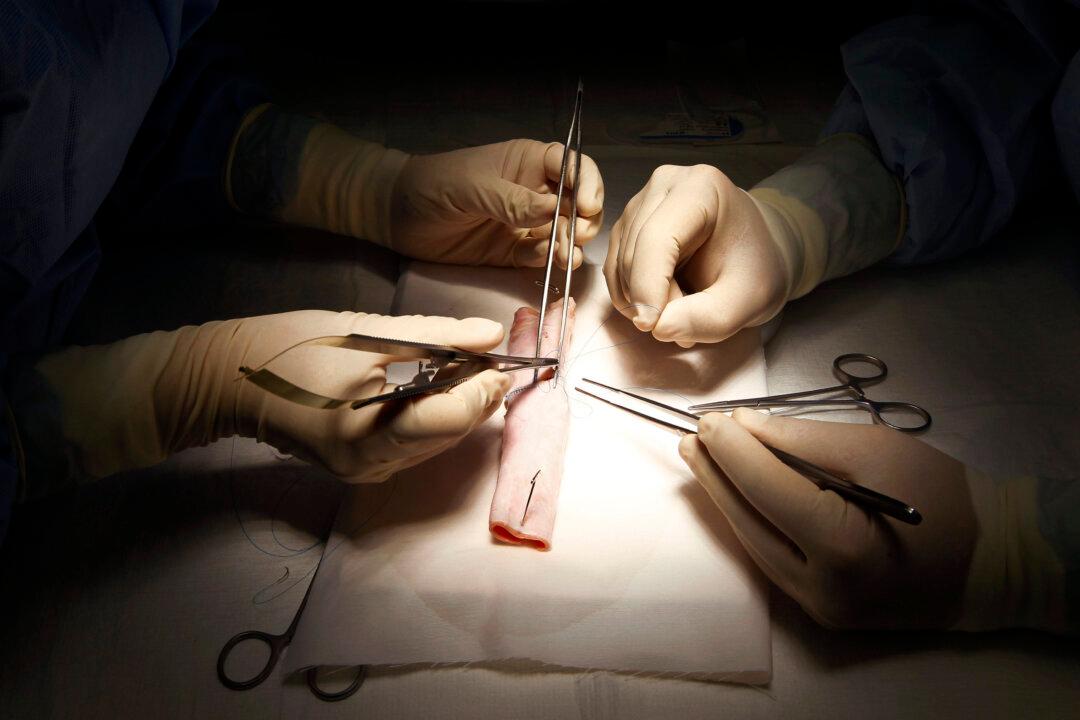Your surgeon knows the precise spot to cut into you. Your surgeon knows how much is the right amount of pressure to apply on the scalpel, and how to remove your organ without tearing neighboring vessels. It is likely that your surgeon perfected such techniques by cutting into living dogs or pigs that were subsequently euthanized.
It is possible that your cardiologist has taken the same class in medical school, even though cardiologists do not perform surgery.
Your doctor, who specializes in internal medicine and preventative care, may have also taken this course.
Throughout the history of medical education, live animal laboratories were a mandatory class for most medical students.
Yet the vast majority of medical fields do not involve surgical procedures. “I could have done without it,” said Barbara Wasserman, an internist who took a dog laboratory during her studies at Johns Hopkins School of Medicine in the ‘60s.
Beginning in the late ‘80s, medical schools in North America have been gradually altering their curriculum to make live animal labs an optional course because it was not necessarily relevant for all students and it raised ethical concerns.
As technology advanced, most schools today have completely replaced animal laboratories with technological innovations such as human simulators. Or at the very least, the medical schools that continue to teach with animal laboratories have replaced dogs with pigs.
Out of the 188 accredited medical schools in North America, only the University of Tennessee Health Science Center and the prestigious Johns Hopkins continue to teach with live animal laboratories.
The administrations from these two schools argue that the complete riddance of animal laboratories may compromise the quality of health care, while other medical professionals and animal rights activists believe that simulators serve as a superior teaching model because it more accurately reflects the human anatomy and it doesn’t involve the killing of animals. This has been a subject of contention in the medical field.
The Dog Lab
John Pippin can still remember the anxiety he felt in 1976 when he saw the rows of deeply sedated dogs.
Pippin is the director of Physicians Committee for Responsible Medicine (PCRM), a nonprofit organization of 12,000 physicians that advocates for alternatives to animal research.
On Pippin’s first day at dog lab at the University of Massachusetts Medical School, he walked up to a brown and black mongrel that looked about 50 pounds.




